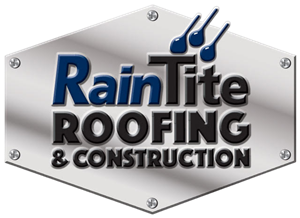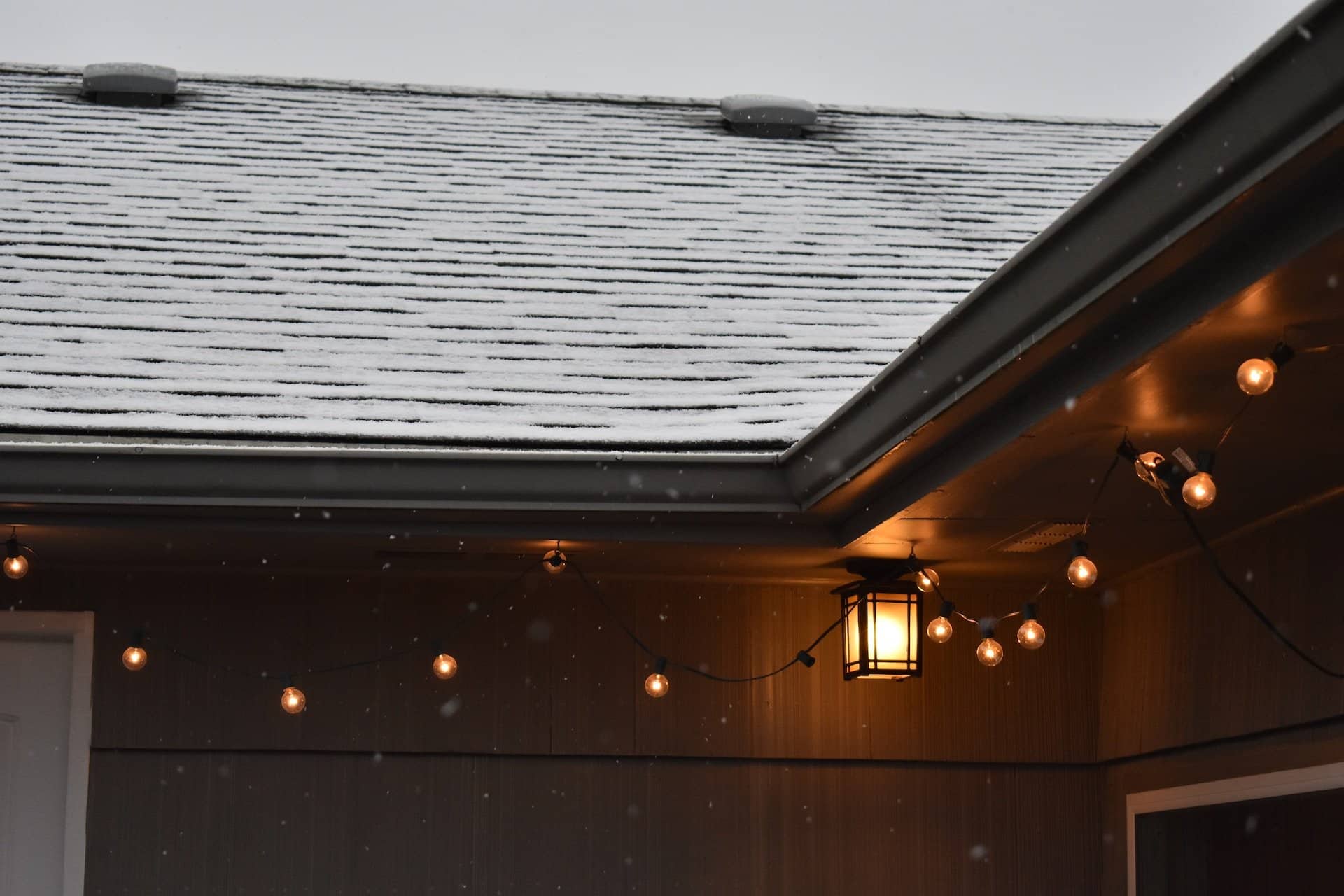As environmental consciousness and the push for sustainable living continue to gain momentum, many homeowners are looking for green roofing options to lessen their ecological footprint and reduce energy costs. Green roofing options not only promote sustainability but also offer various benefits, including improved energy efficiency, durability, and aesthetic appeal. In this comprehensive guide, we will dive into the world of eco-friendly roofing alternatives, helping Rapid City homeowners make informed decisions for their residential roofing needs.
Throughout this informative guide, we will explore several green roofing options, their advantages, and key considerations to make when selecting a sustainable roofing material.
By investigating these sustainable roofing options, Rapid City homeowners can make environmentally responsible decisions concerning their homes and enjoy the benefits of eco-friendly, energy-efficient roofing solutions.
Solar Roofing: Harnessing the Power of the Sun for Energy Efficiency
Solar roofing, a rapidly growing trend in sustainable home solutions, utilizes photovoltaic roofing panels to convert sunlight into electricity. These panels can either be integrated directly into the roof or installed separately as a standalone system. Key advantages and considerations for solar roofing options are:
1. Energy Savings: The most significant advantage of solar roofing is the potential to save on electricity costs and reduce reliance on fossil fuels.
2. Tax Incentives: Federal and local tax credits may be available for homeowners who opt for solar roofing solutions, easing the initial installation cost.
3. Aesthetic Appeal: In recent years, solar panel technology has evolved to offer sleeker, more attractive options that integrate seamlessly with your home’s design.
4. More Extensive Installations and Maintenance: While solar roofs are low-maintenance, the installation process may be more involved when compared to traditional roofing materials.
Additionally, eventual panel replacement may be necessary due to damage from harsh weather or reduced efficiency over time.
Metal Roofing: Durability and Energy Efficiency
Metal roofing offers energy efficiency, durability, and a longer lifespan than many conventional roofing materials. With a variety of styles and colors available, metal roofing can suit a wide range of home designs. Key aspects of metal roofing options include:
1. Reflective Properties: Metal roofs can reflect solar radiation, keeping your home cooler during hot summer months and reducing energy consumption for air conditioning.
2. Longevity: Metal roofs boast a lifespan of 40-70 years, nearly twice the duration of asphalt shingles, making them a sound, long-term investment.
3. Resilience: Metal roofs are resistant to fire and can withstand harsh weather conditions such as wind, hail, and snow.
4. Noise and Cost Considerations: While metal roofs can be more expensive upfront compared to asphalt shingles, the long-term benefits typically outweigh the initial investment. It’s crucial to note that metal roofs may produce more noise during rainfall or extreme weather conditions.
Cool Roofing: Reflectivity for Lower Energy Costs
Cool roofs are engineered to reflect sunlight and absorb less heat, decreasing the need for air conditioning and lowering energy bills. Made of highly reflective materials, they help keep your home cool, especially during hot summer months. Important points to consider for cool roofing options include:
1. Modified Bitumen Surfaces: Cool roofs can be achieved by applying a light-colored coating to your existing, conventional roof, helping modify and enhance its reflective properties.
2. Energy Star Ratings: Opt for Energy Star-qualified cool roofing materials, which meet strict requirements for solar reflectance and thermal emittance.
3. Green Building Certifications: Choosing a cool roof can contribute to earning green building certifications like LEED and other energy-efficient home initiatives.
4. Retrofitting Existing Roofs: Homeowners with existing non-reflective roofs can retrofit them using reflective granules, thermal coatings, or re-covering them with a new, cool roof surface.
Reclaimed and Recycled Roofing Materials: Repurposing for Long-lasting Appeal
Sustainable roofing options can include reclaimed materials like wood and asphalt shingles or recycled alternatives like rubber and plastic. Key facts concerning reclaimed and recycled roofing materials include:
1. Reclaimed Wood: Salvaged wood shingles, such as cedar, may have been weathered or treated for additional durability, providing a unique, rustic appearance with enhanced longevity.
2. Recycled Shingles: Manufactured using post-consumer plastics and rubber, recycled shingles offer durability and low-maintenance benefits similar to traditional asphalt shingles.
3. Environmental Impact: Reclaimed and recycled roofing materials help reduce waste in landfills, contributing to an overall greener living environment.
4. Cost Considerations: Although these materials may have a higher upfront cost, their durability and eco-friendly properties often make them a wise long-term investment.
Living Roofs: A Natural Approach to Energy Efficiency
Living roofs, also known as green roofs, utilize plants and vegetation to absorb rainwater, regulate temperature, and provide insulation. As increasingly desirable features for modern, sustainable architecture, living roofs boast the following characteristics:
1. Rainwater Management: Living roofs absorb rainwater, reducing stormwater runoff and preventing potential flooding.
2. Increased Insulation: A living roof assists in stabilizing indoor temperatures, requiring less energy usage for heating and cooling.
3. Biodiversity Support: Green roofs can provide a habitat for birds and insects, supporting local ecosystems and promoting biodiversity.
4. Structural Considerations: Homeowners interested in living roofs should ensure their home can support the added weight and protective measures against potential water damage.
Conclusion:
With a wealth of green roofing options available, Rapid City homeowners have the opportunity to make eco-friendly, energy-efficient decisions for their home’s roofing needs. By considering solar roofing, metal roofing, cool roofing, reclaimed and recycled materials, or living roofs, you can select the best sustainable solution tailored to your home’s specific requirements and contribute to a greener, more environmentally conscious community.
For expert guidance in choosing your ideal green roofing solution, click here to schedule a free, no-obligation consultation with a reputable residential roofing contractor—RainTite Roofing & Construction. Together, we can establish a long-lasting, sustainable roofing solution that benefits both your home and the environment around it for years to come!

